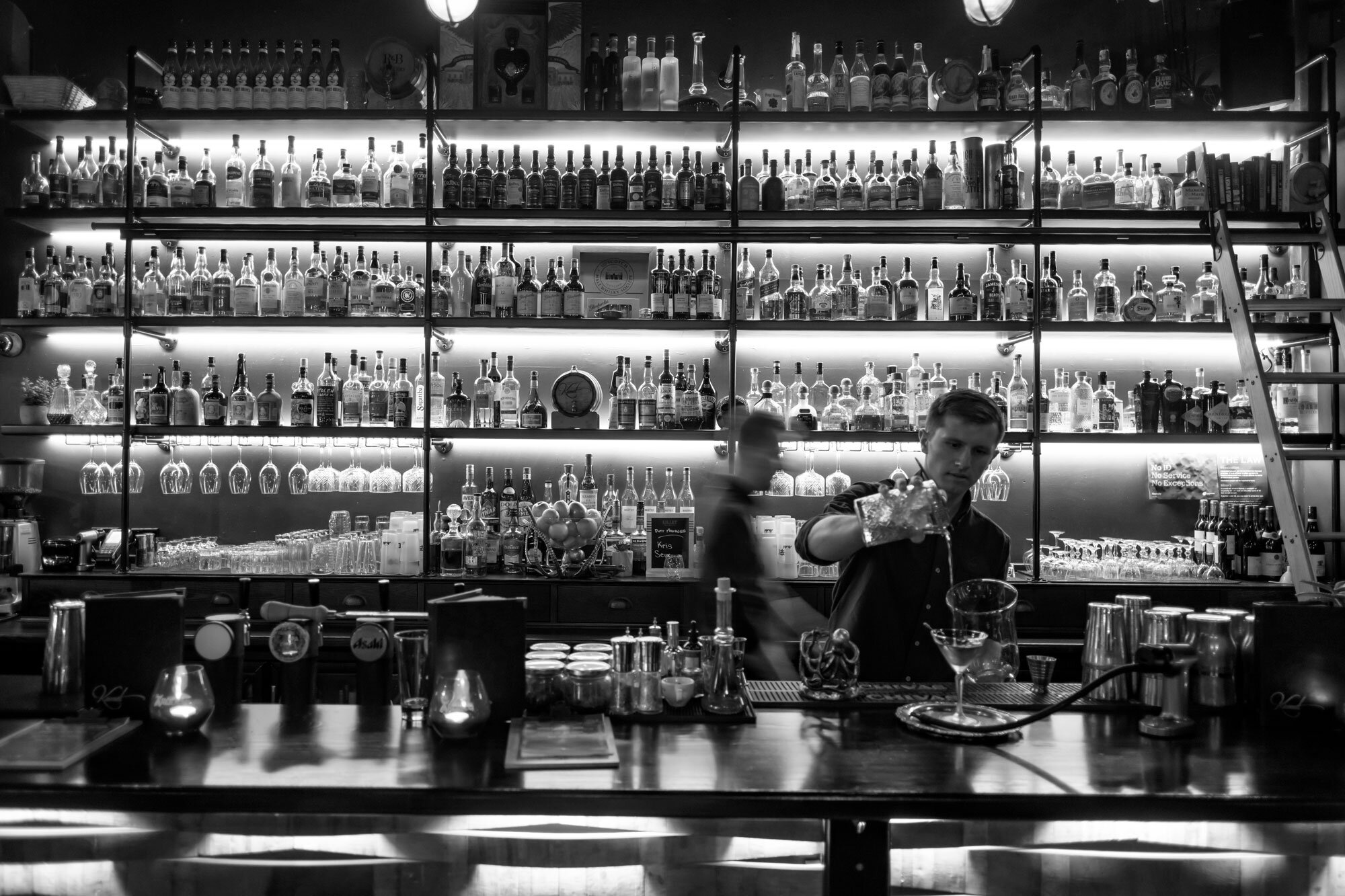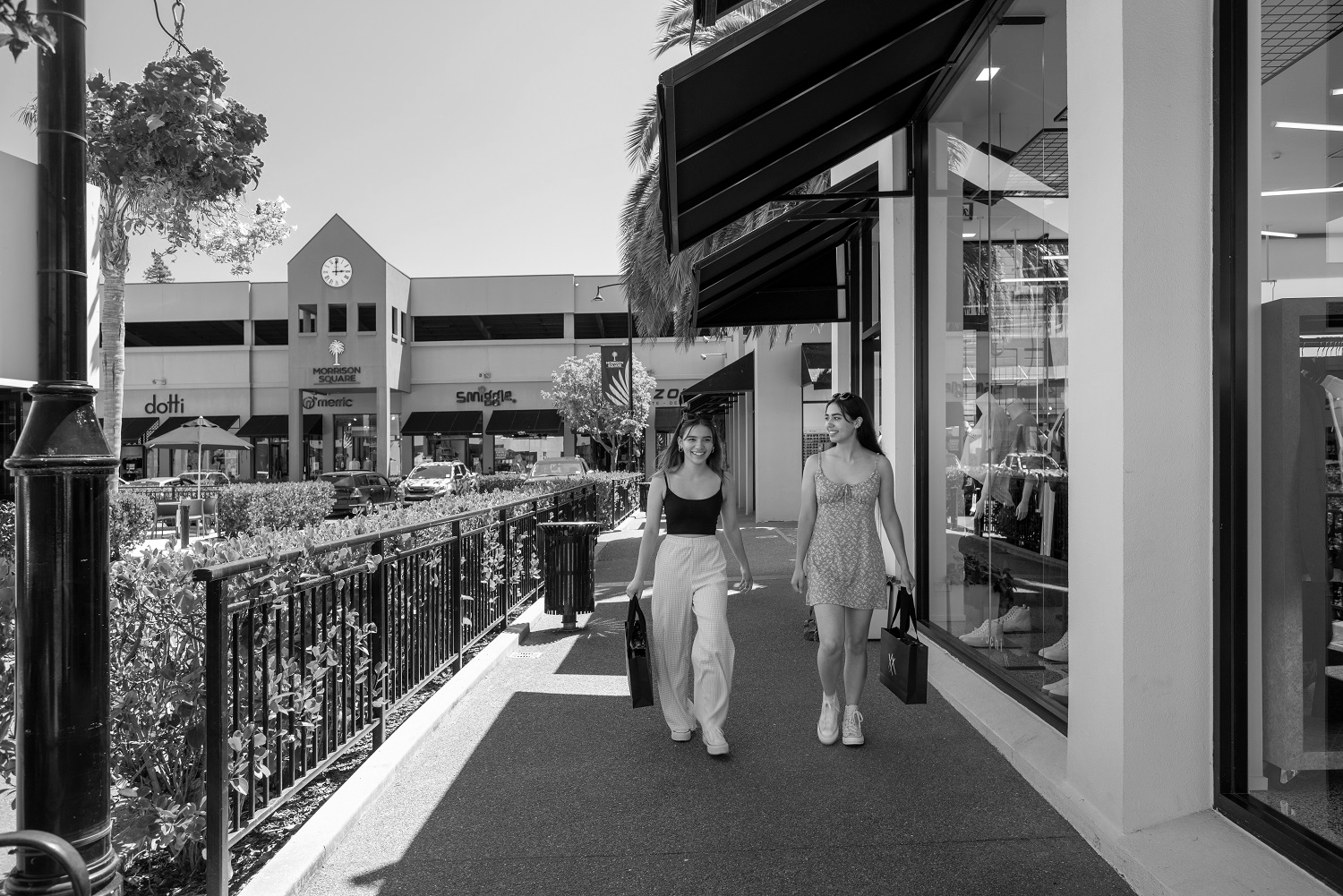“How will this current lockdown impact my business?”
Lockdowns are tough. Essential, but tough.
A key question on businesses’ lips is “how will this current lockdown impact my business, and our local economy, when we come out of it?”
Lessons from last time
New Zealanders went on a spending spree after we emerged from the Level 4 and Level 3 lockdowns last year – in fact much of the spending started while we were still at home. Our retail and manufacturing clients were incredibly busy after lockdown, with no pause in demand ever since.
Unexpectedly, Gross Domestic Product surged 14% in the second quarter of last year, as we experienced a V-shaped economic rebound, ie. A sharp rise back to a previous peak, after a sharp decline.
As with last year, tourism and hospitality are the hardest hit this time around, with borders essentially closed and people having to stay home.
Retail may fare somewhat better, with the ability for many to move business online. A clear outcome of the lockdowns last year was the increase in the number of New Zealanders shopping online (up 9.2%), more often (up 8.6%) and spending more each time (up 7%). The New Zealand eCommerce Review (2021) also says that 52% of shoppers who spent more last year have said their online shopping habits have changed permanently.
Spending predictions for the rest of the year
A couple of months ago, in collaboration with Your Success, we undertook research* into how Nelson Tasman people intended to spend for the rest of this year.
We wanted to better understand for our clients if demand was to continue for them, what was important to people when they purchased, and how were they purchasing.
We surveyed a cross section of Nelson Tasman people and at a high level found that, on average 42%, or 32,980 people (over 20), in the Nelson Tasman regions will actively spend in the areas of personal spending, home alterations, major household items, vehicles, and domestic tourism this year. Big spend areas include home alterations, with half the population looking to spend on their home, and a third spending on major household items.
Our survey was taken before this current lockdown, but we suggest that these spending intentions will remain. Given what we saw after the 2020 lockdowns, and what was reported in the most recent quarter’s eftpos data, we are likely to see a similar pattern of spending. This is supported by Reserve Bank assistant governor Christian Hawkesby who said last week that it is more a matter of timing of spending, rather than losing spending and losing economic activity.
Our regional consumer spending survey had similar results to Dynata’s Global Consumer Trends: New Lives in a New World survey (2021), which found more discretionary spend for big-ticket items due to less international travel, setting up for working and learning from home, higher demand for more home entertainment devices, and, of course, more home time fuelling Kiwi home improvement desires.
As happened last year, people are likely to continue to support local. Our survey confirmed that supporting local business was the stand-out reason for why people spend locally, with 92% of respondents stating this. Interestingly, when buying, people also said they weren’t just looking for low cost products, they were equally buying local because of reduced environmental impact, product availability, affordability, and personal service. These is an interesting finding in terms of messaging for marketing.
People’s online habits have also changed permanently since last year’s lockdown, and our research identifies areas where businesses should focus, in order to make the most of every visit to their website.
What is different from last year
While positive consumer spending intent is predicted, nothing is guaranteed, and there are some differences this year from last.
Price increases across most categories have been well reported, as have delivery time pressures due to international freight issues and lack of capacity for some businesses to process orders.
Meanwhile, the Reserve Bank may have held the official cash rate recently, but it made it clear the rate would have gone up if we hadn’t gone into lockdown. The Bank is now looking at the impacts of the supply side of the economy before making a decision later in the year.
The money available to spend on discretionary expenses – those things your customers could live without - could also decline, with the expected rise in expenditure on food, health and housing, transport and clothing in 2021-22 (IBISWorld, 2021).
There are also likely to be some businesses in the hard hit sectors who managed to survive last time, but who unfortunately might not make it after this lockdown, especially if they needed to take on debt last year to get through.
With demand increasing for most, what next
Generally, lessons from last time, and our survey results, indicate similar spending behaviour to last year – people will likely keep spending, in most categories.
For those businesses experiencing peak demand, there are decisions to be made. You want to continue to deliver great customer service to create customer loyalty, while also keeping your staff (and yourself) happy and healthy and not overworked. For many it is time to rationalise, or consider diversification, introduce new systems and technology to increase productivity, improve your online presence, or hire more staff - the latter not easy in a region with 3.2% unemployment (March 2021). Cashflow is of course key, regardless of the business decisions to be made.
For those with capacity for growth, or a need for more revenue, such as hospitality and tourism, it is survival or pivot mode, again. What is your point of difference? What do you really know about your customer? Can you refine your offering and your marketing to win the consumers’ dollar over your competitors?
Our research shows there are active spenders in the region. The Publik and Your Success team can help you be ready for, win and keep the customer you want for your business.
*500 telephone and online survey respondents, providing a 95% confidence level that views are reflective of the region’s population.
Want to know more?
Our Nelson Tasman Consumer Spending Sentiment Survey report provides our detailed findings broken down into key product categories, so you can learn more about your business category, in the context of national and international research.
The report also offers business and marketing considerations for you to think about, to make the most of the ongoing demand for products and services locally. Even in the categories that don’t show strong spending intentions, there are opportunities to rationalise, adjust your business model, or market cleverly to win the dollar.
Buy the detailed report for $395 + GST.
Order the detailed report, and meet with us to talk through what is relevant to you $495 +GST


